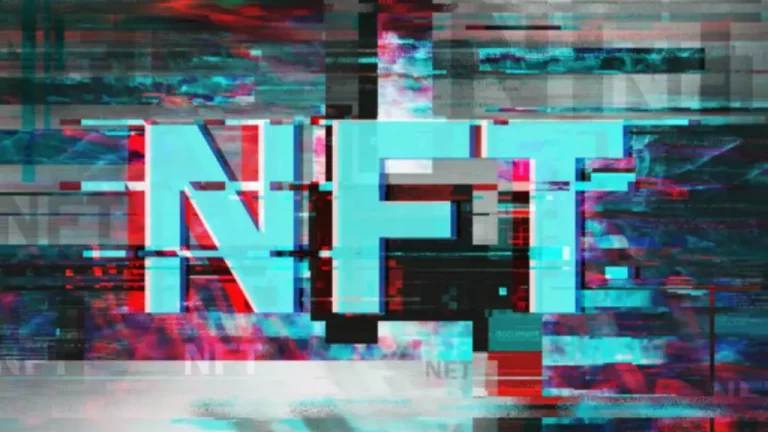Spot Price: Definition, Spot Prices vs Futures Prices, Examples
Content
In this article, we will learn about the difference between the cash market and the derivative market. They are also sometimes called spot trades since the spot vs derivatives expiring contract means that the buyer and seller will be exchanging cash for the underlying asset immediately. In spot trading, settlement occurs almost instantly, unlike in some other markets. For example, most cryptocurrency transactions are settled in T+2 or even faster, ensuring rapid transfer of ownership and funds.
Spot Price: Definition, Spot Prices Vs Futures Prices & Examples
If you are looking to get into cryptocurrency trading, it’s inevitable that your profitability will expand as more and more institutions begin to develop an interest in cryptocurrencies. To implement the various trading strategies, understanding the interplay between commodity AML Risk Assessments pricing is necessary to achieve your investment objectives. The option time value increases when the spot price moves closer to the strike price as the option can become in the money (ITM). Similarly, the time value decreases as the spot price moves away from the strike price, making the option out of the money (OTM). The strike price is a reference point around which all options trading revolves. In the options chain, the prices are determined based on the strike price.
What are the top 7 equities markets for day traders?
For https://www.xcritical.com/ example, a Euro FX futures contract is based on the EUR USD spot forex price. Another example is the E-mini S&P 500 futures contract tracks the price of the S&P 500 index in the stock market. As discussed above in the drawbacks of spot trading, in case of futures, either parties can close their position with an offsetting contract without the actual delivery of the physical commodity. Derivatives as a whole can also be extremely complex, with traders running the risk of losing a lot more capital than they put in.
Why Choose AI Signals for Spot Trading?
One of the main benefits of derivatives contracts is that they provide greater flexibility and the chance for more sophisticated trading strategies. In other words, if the market value goes down, that doesn’t necessarily mean you’re making a loss, unlike with Spot trading. Trades that occur directly between a buyer and seller are called over-the-counter. The foreign exchange market (or forex market) is the world’s largest OTC market with an average daily turnover of $7.5 trillion as of April 2022. In liquid markets, the spot price may change by the second or even within milliseconds, as orders get filled and new ones enter the marketplace.
“AI tools are unnecessary for spot trading.”
Although futures prices settle on a daily basis, marked-to-market, the price of the futures contracts differ from the underlying spot or cash market. In a futures contract, two parties involved agree to buy or sell an underlying asset at a given price in an agreed point in future. Whether you are a novice or an experienced trader, knowing these distinctions will enhance your ability to succeed in cryptocurrency trading. In conclusion, both spot and derivatives trading offer unique advantages and cater to different types of investors in the cryptocurrency market.
Begin with a small investment to build your confidence and gain a better understanding of how the market works. Once an order is matched and finalized, the buyer gains ownership of the asset, completing the transaction. Whether spot trading is over-the-counter (OTC) or peer-to-peer (P2P), there are advantages. Limit orders are not guaranteed since it is dependent on the seller agreeing to your purchase price.
Striking a balance between the two approaches or specializing in one requires a thoughtful assessment of risk tolerance, investment goals, and market expertise. The difference between trading cryptos on the spot and futures markets is that the former relies solely upon transparent prices determined by supply and demand. Spot prices for cryptocurrencies are highly volatile and often depend on investor sentiment.

Our mission is to empower readers with the most factual and reliable financial information possible to help them make informed decisions for their individual needs. Our writing and editorial staff are a team of experts holding advanced financial designations and have written for most major financial media publications. Our work has been directly cited by organizations including Entrepreneur, Business Insider, Investopedia, Forbes, CNBC, and many others. Our goal is to deliver the most understandable and comprehensive explanations of financial topics using simple writing complemented by helpful graphics and animation videos.
Knowing some of the nuances of this market (spot prices, spot rates, and trends) and how it works can help you mitigate your losses and keep you in the black. The choice between spot and derivative trading depends on your investment goals, risk tolerance, and level of expertise. Spot trading offers simplicity and direct exposure to financial assets, making it suitable for straightforward buy-and-hold strategies. Derivative trading, on the other hand, provides tools for risk management, speculation, and access to a broader range of markets, albeit at the cost of increased complexity and risk.
A non-spot, or futures transaction, is agreeing to a price now, but delivery and transfer of funds will take place at a later date. AI Signals leverages cutting-edge algorithms to analyze market trends instantly, delivering actionable insights and recommendations to traders in real-time. But, once you understand the different types of trades and how each works, you’ll be better equipped to make sounder trading decisions.
Therefore, you need a way to hedge your trade and to take positions based on the target settlement date. This way if you think their will be a rain shortage, you can open a short position with a target settlement prior to the end of the drought. Precious metals began trading in the 1960’s and currency futures began to appear in the 70’s after the Bretton Woods agreement, where the U.S. dollar was depegged from gold. In 1848, the Chicago Board of Trade (CBOT) exchange was formed where farmers and merchants could buy and sell commodities for cash. Conversely, if you are short, you have entered an agreement to sell the contract on a future date.
Swaps are another common type of derivative, often used to exchange one kind of cash flow with another. For example, a trader might use an interest rate swap to switch from a variable interest rate loan to a fixed interest rate loan, or vice versa. While Spot and Derivatives both have their own advantages and disadvantages, it’s useful for a trader to understand both, even if they only trade with one.
For example, if an investor spends $100 to purchase shares of Company A, they immediately own those shares. The buyer can choose to hold onto them or sell whenever they wish, depending on their trading strategy. Spot settlement means the order is paid immediately, while futures contracts have an end date, and no trading can happen until the contract is physical or cash-settled. The risk-seeking investor can enter into risky contrarian trades to gain short-term profits. While the risk-averse investor can enhance the safety of their position by entering into derivatives contracts. Therefore you can purchase a few contracts, but able to hedge against a sizable spot market position.
Derivatives trading in crypto involves buying and selling contracts whose value is based on the price of an underlying cryptocurrency without actually owning the asset itself. These financial instruments, such as futures, options, and perpetual contracts, allow traders to speculate on the price movements of cryptocurrencies. Derivative trading involves financial contracts whose value is derived from an underlying asset, such as stocks, currencies, commodities, or market indexes. Unlike spot trading, derivatives can be used to hedge against risks, speculate on future price movements, or gain access to otherwise inaccessible markets. Spot trading involves the immediate purchase or sale of financial assets like stocks, cryptocurrencies, or commodities for swift delivery.
- Whether you profit or lose will depend on the accuracy of your prediction.
- Whereas OTC is a dealer-oriented market of securities, an unorganized market where trading happens by phone, email, etc.
- This essentially is the cash in your account to cover trade obligations.
- With innovative, AI-driven tools, real-time signals, and customizable strategies, platforms like AI Signals are reshaping the trading landscape.
- Liquidity provides greater flexibility and the ability to capitalize on short-term opportunities.
Two primary approaches, spot trading and derivatives trading, stand out in this bustling space. The future price is the price of the commodity mentioned in a futures contract specifying that the transaction will occur at a later date. The future price is determined based on the current spot price and the cost of carry during the interim period before delivery. Spot prices are most frequently referenced in relation to the price of commodity futures contracts, such as contracts for oil, wheat, or gold.

Join The Discussion